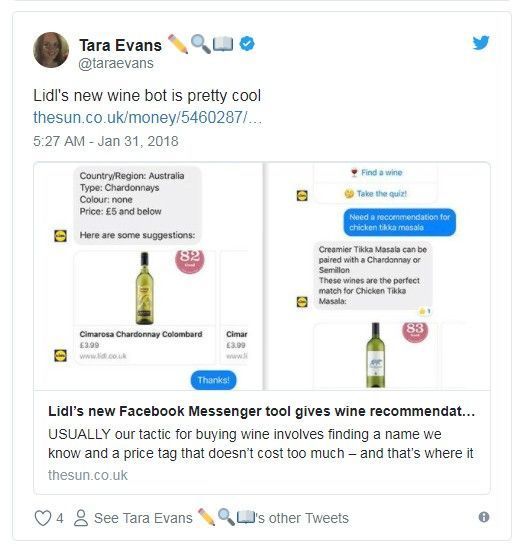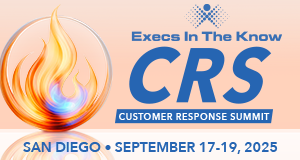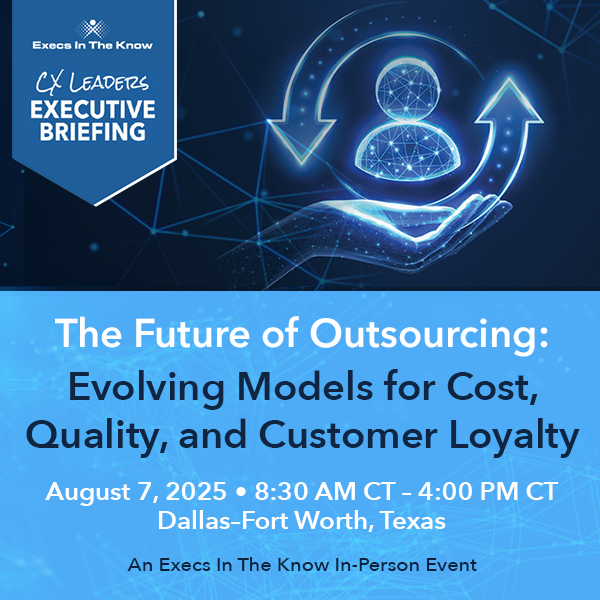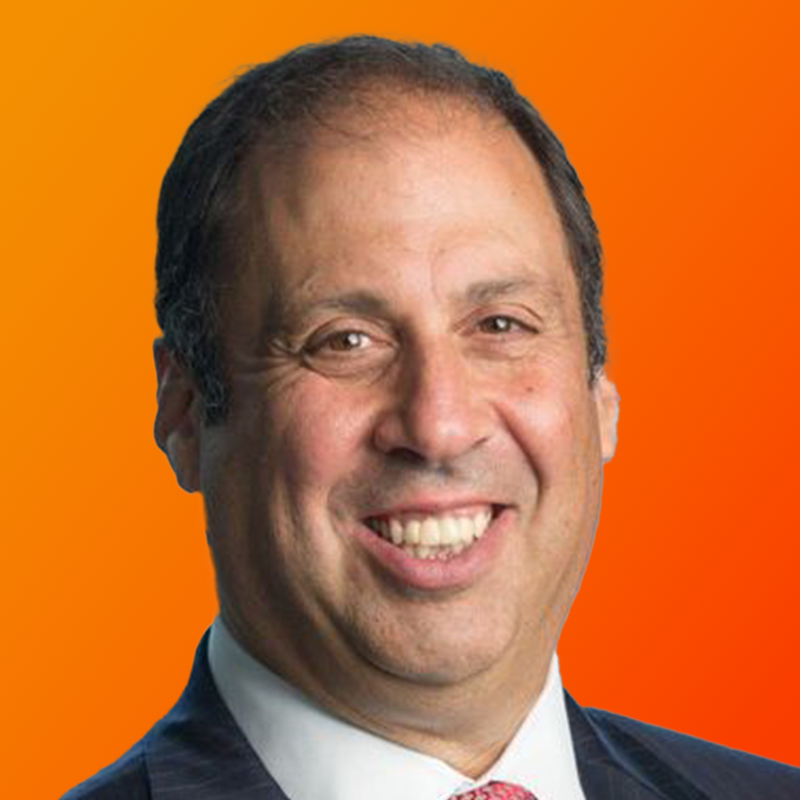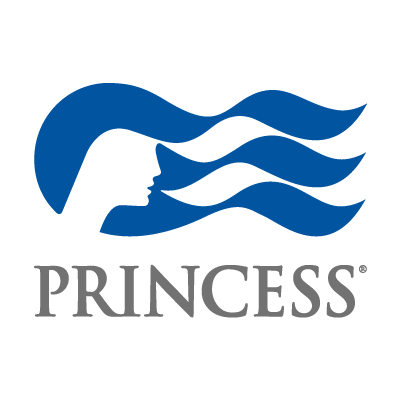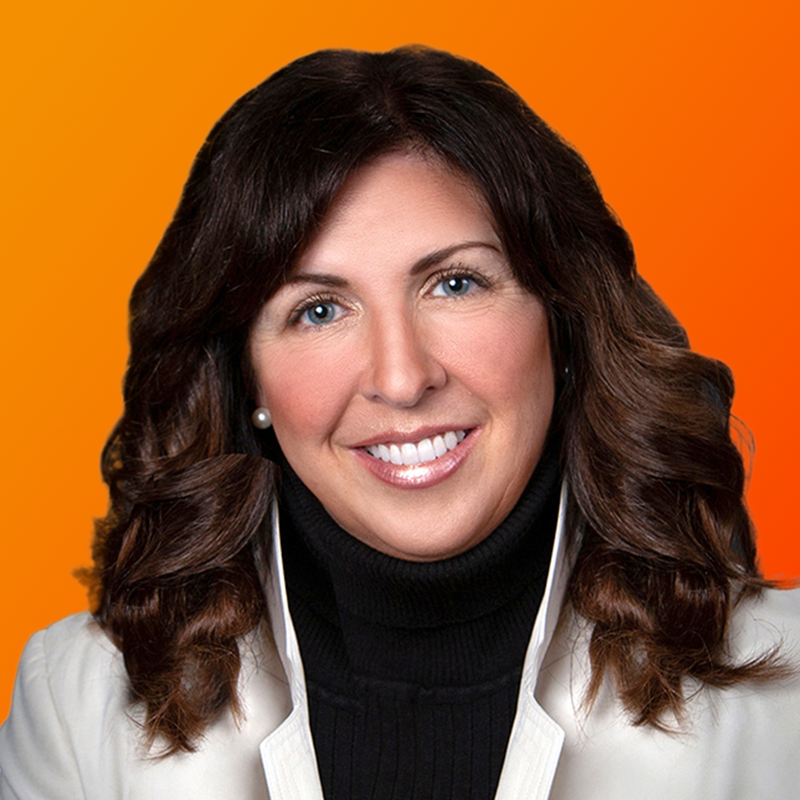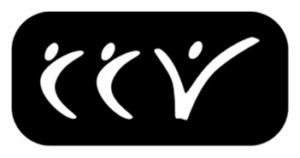This is a guest blog written by Mary Murcott, President, Customer Experience Institute at Dialog Direct. Learn more about Dialog Direct on their website.
Customers aren’t just frustrated, they are ENRAGED! In fact, 66% of people with a brand problem have experienced rage. How does Rage affect your business? What do customers expect to benefit from complaining, versus what they believe companies actually provide? The 10 Customer Rage Study* stats below may surprise you.
– More than 202 billion dollars were at risk to businesses as a result of problems with products/services in 2015.
– It takes an average of 4.2 contacts to satisfy a complainant.
– Only 35% of complainants are satisfied on the first contact, while only 14% actually had their problems resolved on first contact.
– 48% of complainants that become satisfied will still recommend your brand.
– When applying both non-monetary and monetary remedies, complainant satisfaction almost doubled from 37% to 73%.
– What is the number 1 most annoying customer service catchphrase? “Your call is important to us, please continue to hold.”
– The top channel for complaining is still the telephone.
– The percentage of complainants who felt they got NOTHING as a result of complaining increased from 56% in 2013 to 63% in 2015.
– 24% of complainants want revenge!
– The most frequently cited damage resulting from customer problems in 2015 was lost time (60%).
To hear more about this topic and others like it, from Dialog Direct and our other subject matter experts, join us at Customer Response Summit Phoenix, February 23rd-25th, 2016.
Want the full study? Request your complete copy of the Customer Rage Study here.
*The Customer Rage study is an independent study conducted by Dialog Direct, in partnership with CCMC and Arizona State University, in which phone interviews were conducted to 1,000 households. The study is based on one originally conducted by the White House in 1976, offering a clear comparison of customer satisfaction over the years.

